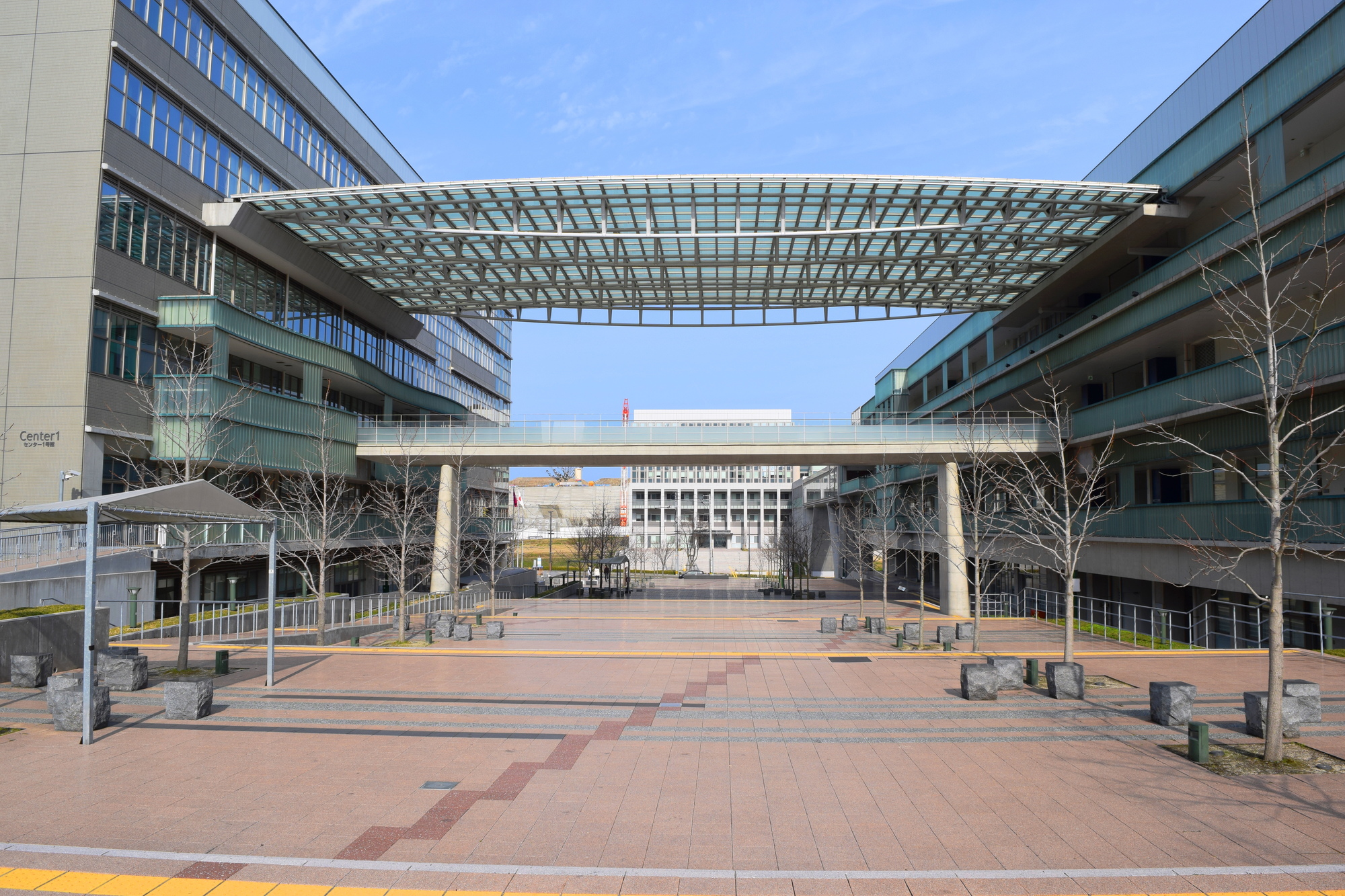Electronic devices that support today's highly information-oriented society.In recent years, a phenomenon called soft error has been attracting attention as one of the causes of malfunction of these electronic devices.
A soft error is a transient malfunction or failure that occurs when an electronic device is exposed to radiation (cosmic rays).Cosmic rays are natural radiation that constantly falls on the ground, the main components of which are invisible neutrons and muons.As semiconductor devices become finer and consume less power, radiation resistance is declining, and it is possible that soft errors may occur due to cosmic ray muons as well as cosmic ray neutrons, which have been a concern and countermeasures have been taken. It is said that sex is beginning to be pointed out.
There are positive muons and negative muons in muons, and although there have been reports of positive muon irradiation experiment results, there have been no reports of negative muon irradiation tests, and experimental verification of these has been strongly desired.
This time, a joint research team consisting of Kyushu University, Osaka University, Institute of Materials Structure Science, High Energy Accelerator Research Organization, J-PARC Center, etc., generated using the Muon experimental device MUSE in the J-PARC Material and Life Science Experimental Facility. Conducted experiments to irradiate semiconductor devices with the world's highest possible positive and negative muon beams.As a result, it was found that the probability of bit inversion of memory information is about four times higher than that of positive muons because negative muons are captured by atomic nuclei and generate secondary ions. For the first time, it was experimentally revealed that the influence of muons was large.
In the future, the research team will further elucidate the mechanism of soft error generation caused by cosmic ray muon and apply it to the design of next-generation semiconductor devices, etc. to create safe and secure semiconductor technology in the field of automatic driving of cars and IoT. It aims to contribute to.
Paper information:[IEEE Transaction on Nuclear Science] Negative and Positive Muon-Induced Single Event Upsets in 65-nm UTBB SOI SRAMs


